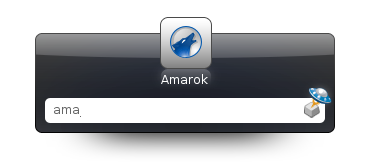In the last few years, the GNU Compiler Collection (GCC) has undergone a major transition from GCC version 3 to version 4. With GCC 4 comes a new optimization framework (and new intermediate code representation), new target and language support, and a variety of new attributes and options. Get to know the major new features and their benefits.
GCC is the cornerstone of development in both the open source and closed source worlds. It’s the enabler of architectures and operating systems. When a new processor appears, its success depends on a version of GCC that will support it (a back end that can generate code for it). GCC is also the enabler of Linux®. Linux as an operating system is widely successful because it is run on so many different architectures. Once again, a port of GCC to the target environment enables Linux to be ported and run on it. Without trying to put too fine a point on it, GCC paves the way for Linux and embedded development.
But GCC can’t just sit still. New processor architectures continue to appear, and new research finds better ways to optimize and generate code. So GCC moves forward and has now matured into its fourth major release. This article explores the fundamental changes in GCC version 4 to show you why—if you haven’t switched yet—the time has come to use the compiler standard.
You can read the complete article at developerWorks.
Kleber Rodrigo de Carvalho


